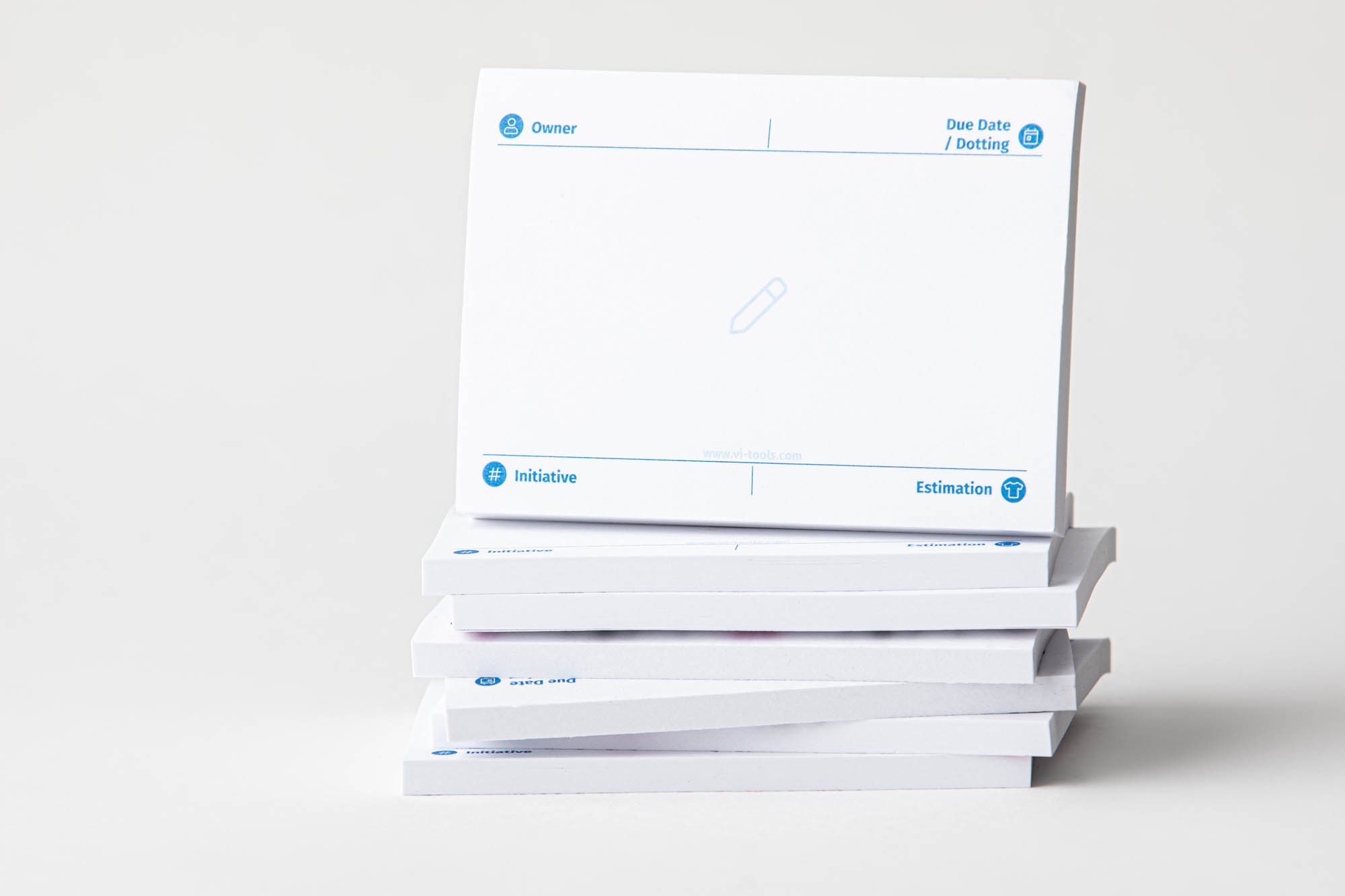Kanban is an adaptable framework used to enable agile and lean ways of working. It fosters real-time communication of capacity and visualizes full transparency of the teams’ workload. Work items are represented visually on a Kanban Board, allowing team members to see the state of every piece of work at any time.
Three powerful features that enable teams to manage and optimize their flow.
Set WIP Limit (Work In Progress Limit)
Define Process Policies (also known as Policies),
Measure your lead time (another word is cycle time)
WIP Limit:
Defining your WIP Limits per column refers to the number of items allowed in each column at one time. WIP Limits enables teams to focus on getting things done. They get to know their real capacity, can visualize blockers, bottlenecks, and inefficiencies. Most important, prevent them from being overburdened or lax.
It seems to be counter-intuitive to limit your work in progress, especially when work is piling up. But here is the trick. As you focus on less, you increase the output. In the end, you get more stuff done. To proof this, you can measure your lead time for each item.
Lead Time:
When an item (ticket) gets on your board, you start measuring the time, and you stop the timer when the item moves to your “Done” column (the ticket is closed). Measuring the Lead Time of all your items gives you a good understanding of your average delivery time. If you have different sizes of items/tickets, a grouping makes sense to get a more realistic picture.
With that data at hand, you can manage expectations as you can provide an outlook. The discussion is more data-driven and focused.
Process Policy:
Visualizing your process policy for each column at the bottom on the Kanban Board on a post-it make them explicit and visible. They act as a reminder of rules for the team to be followed for a sustainable flow of work. Policies increase productivity by reducing the think-time needed for decisions and discussions when a ticket can move to the next stage.
Start with Kanban by using our Kanban Boards.
